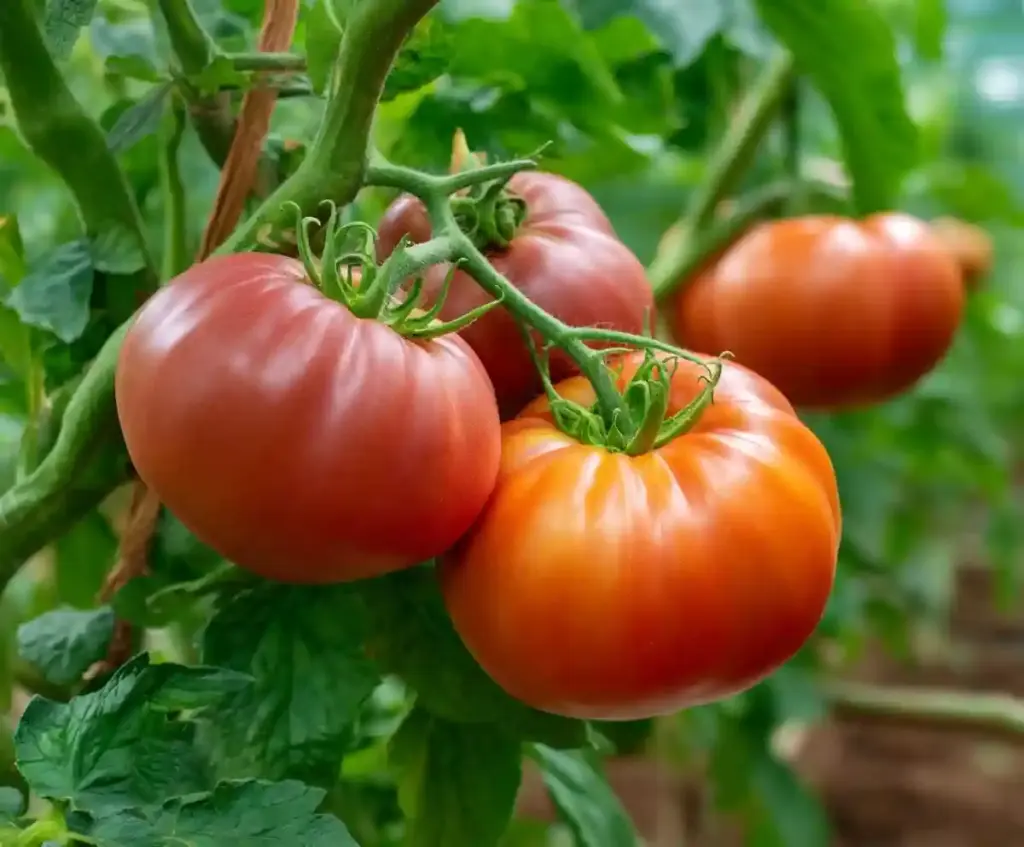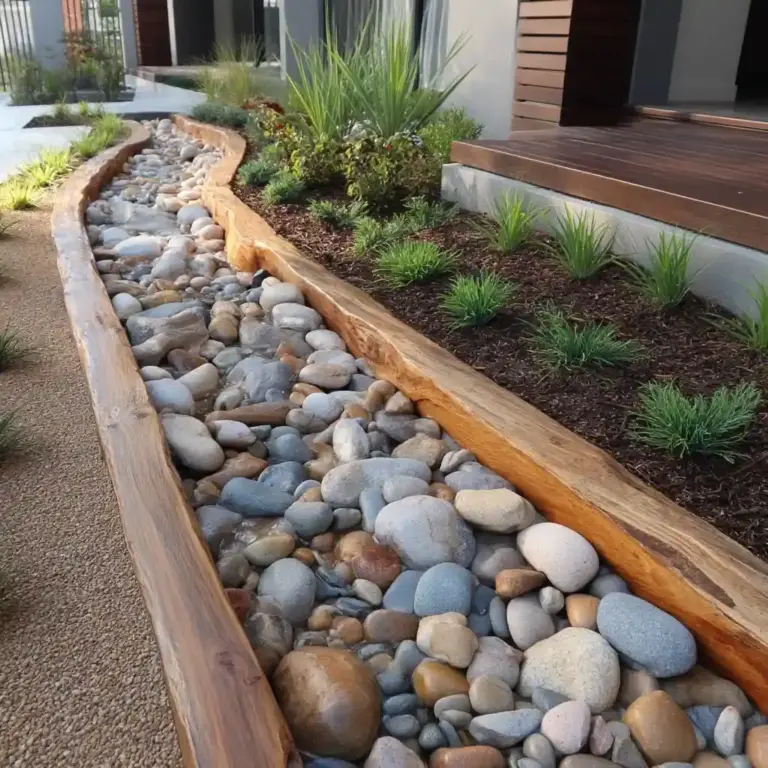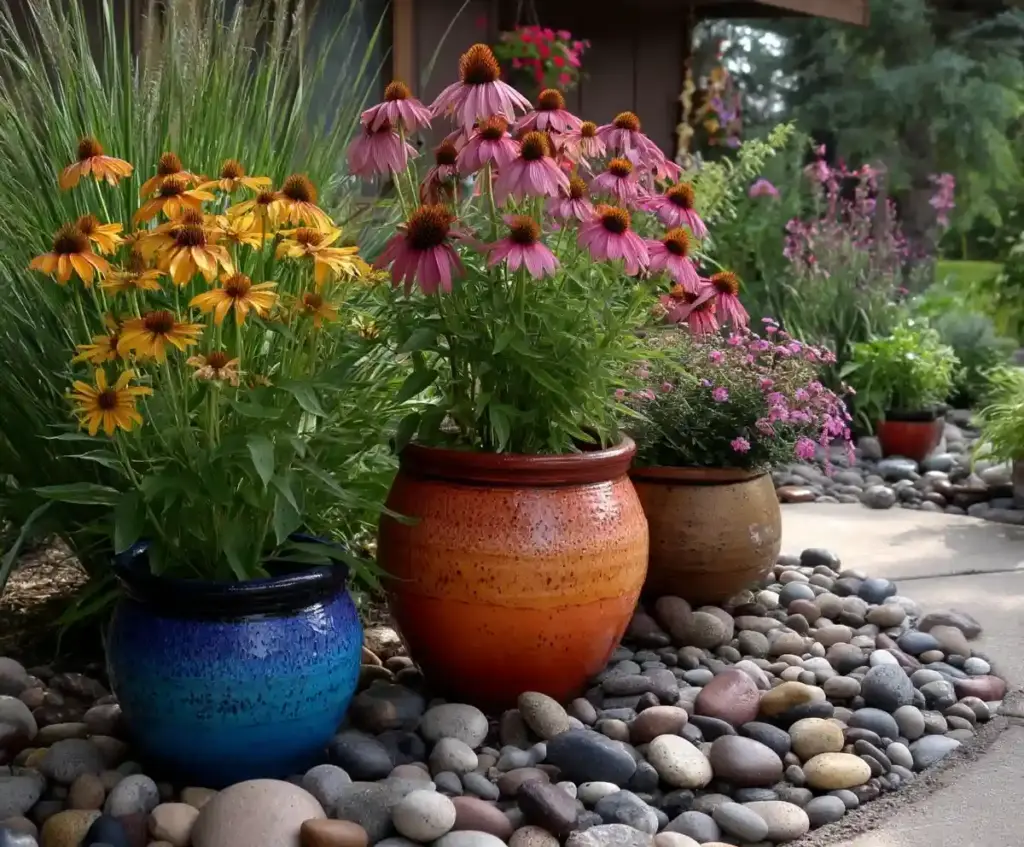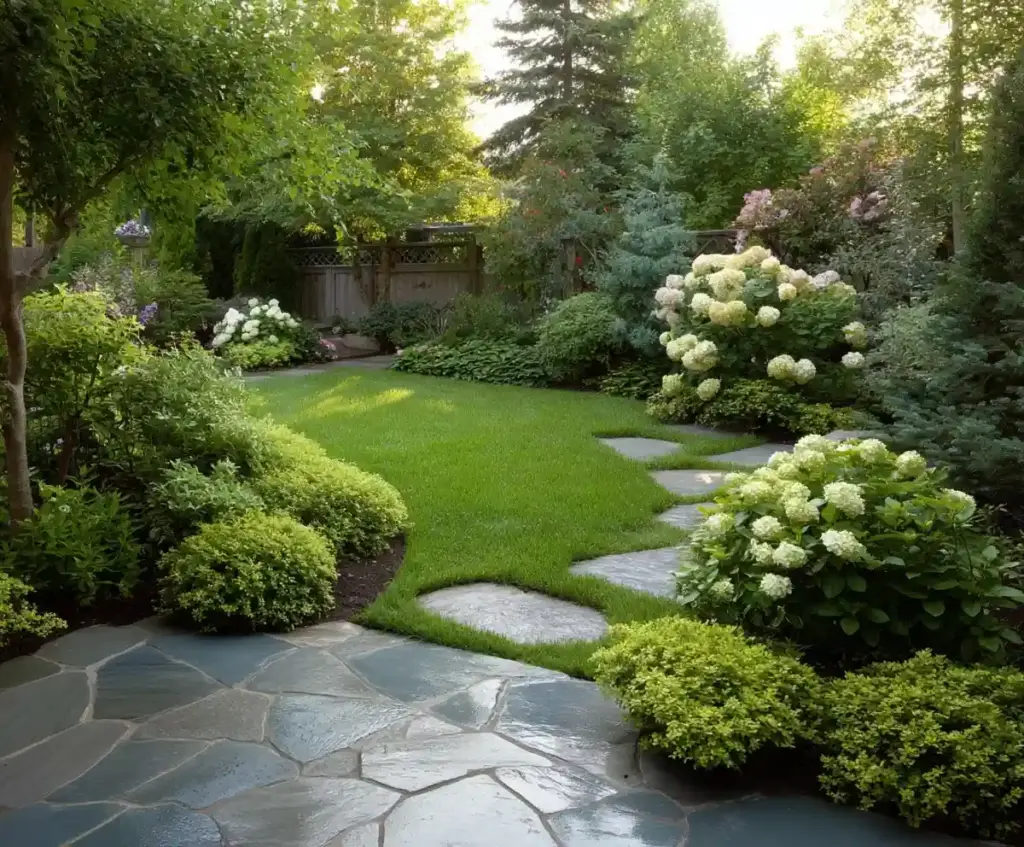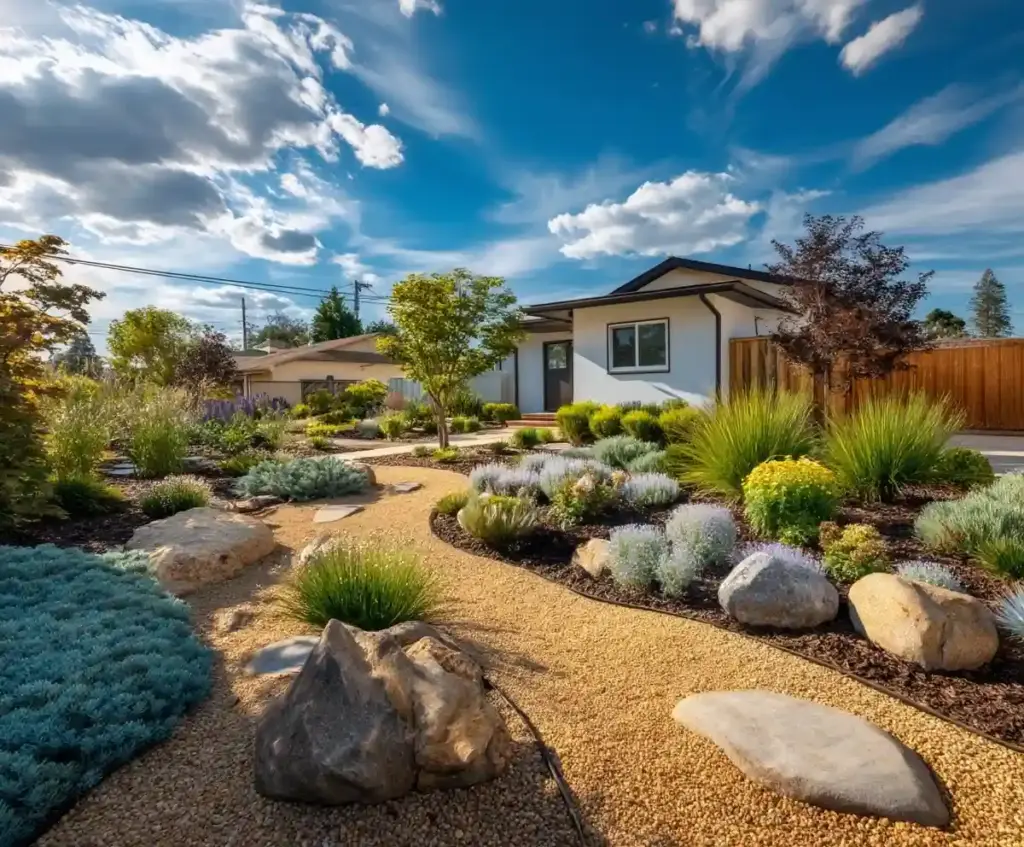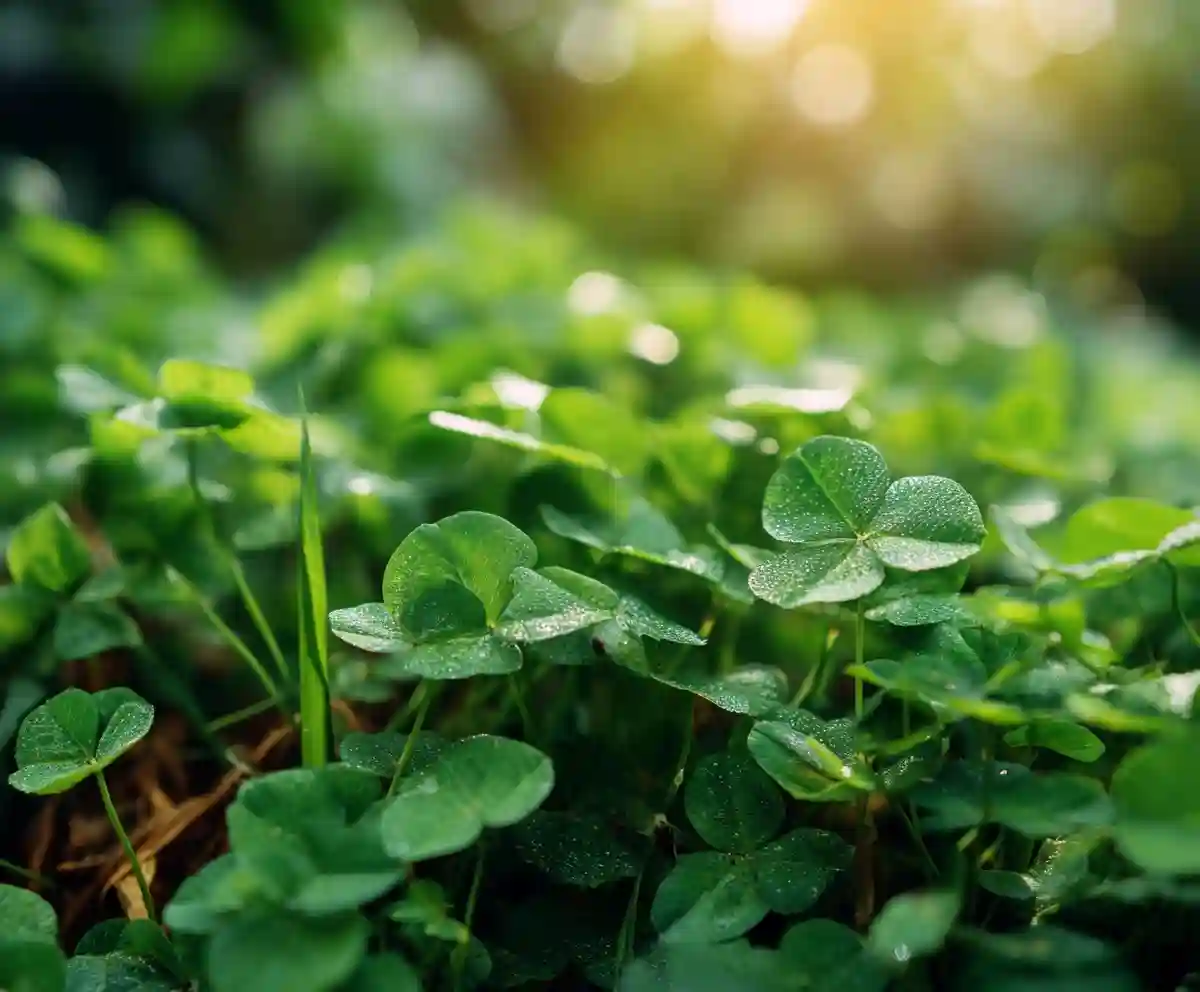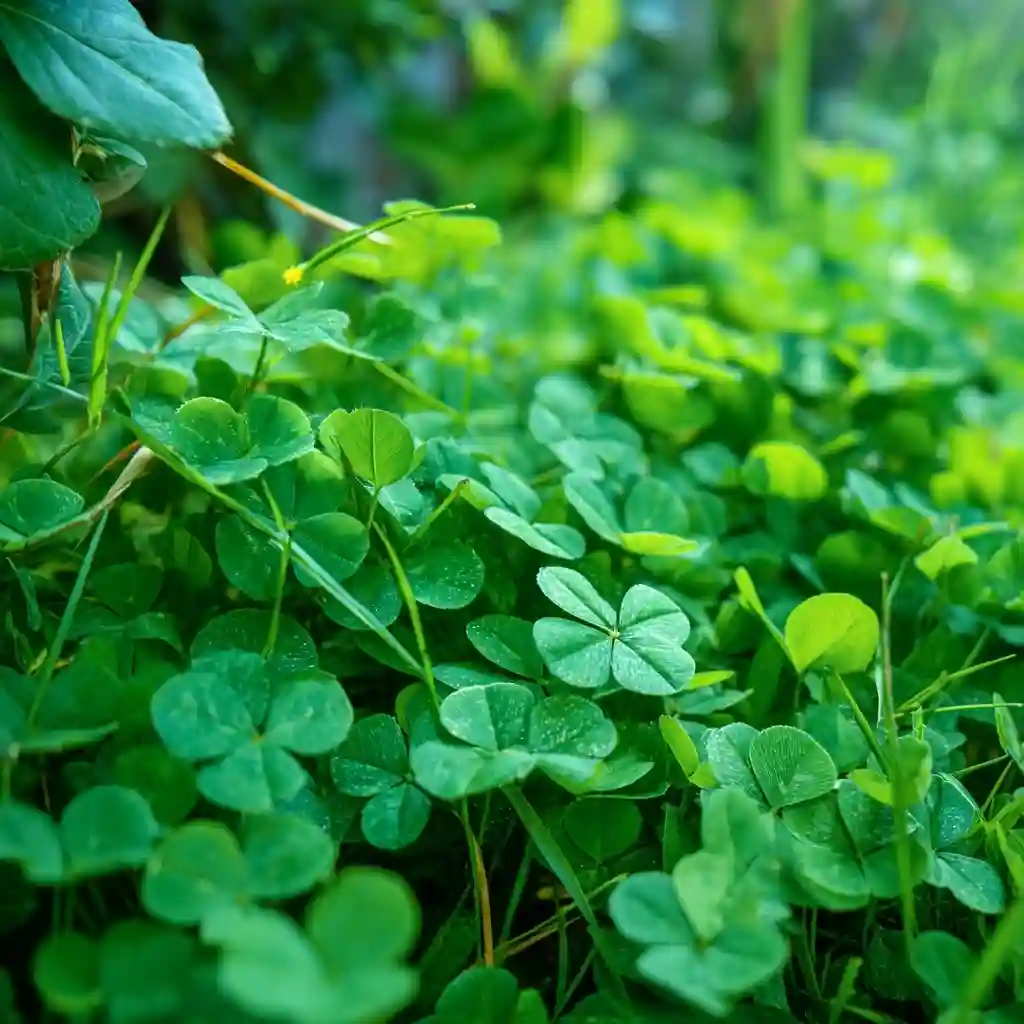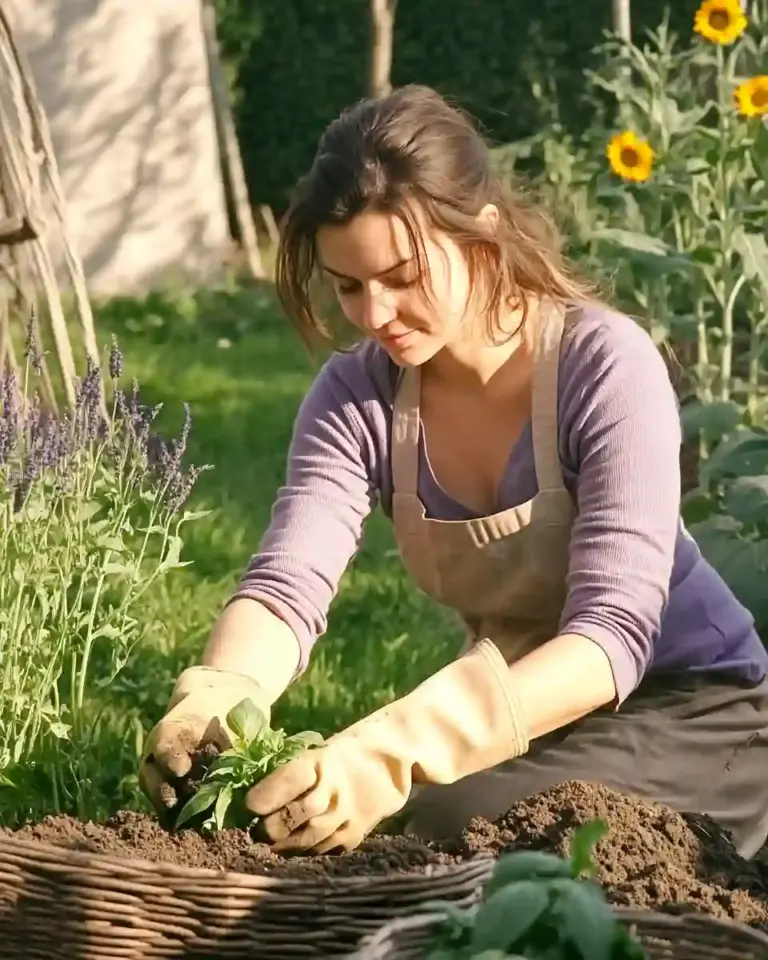Clover lawns are quickly becoming a favorite choice for homeowners who want a lush, green yard without the constant upkeep of traditional grass. These lawns offer a natural, eco‑friendly alternative that thrives with minimal mowing, less water, and almost no chemical treatments. Unlike conventional turf, clover naturally enriches the soil by fixing nitrogen, which means your yard can stay vibrant and healthy without relying on synthetic fertilizers. Beyond its practical benefits, a clover lawn creates a soft, barefoot‑friendly surface and attracts pollinators like bees and butterflies, contributing to a healthier local ecosystem. For many, switching to clover is a simple step toward a sustainable, low‑maintenance landscape.
Table of Contents
Soil enrichment through nitrogen fixation
One of the greatest advantages of clover lawns is their ability to naturally enrich the soil. Clover is a legume, meaning it works with beneficial bacteria in its root system to capture nitrogen from the air and convert it into a usable form for plants. This process, called nitrogen fixation, helps maintain nutrient‑rich soil without the need for constant fertilizer applications.
Over time, a clover lawn improves soil health, making it more resilient to stress and supporting nearby plants as well. By boosting nitrogen levels naturally, clover creates a self‑sustaining lawn that stays greener and healthier, even when other turf species might struggle.
Reduced fertilizer requirements
Because clover lawns naturally fix nitrogen in the soil, they greatly reduce the need for synthetic fertilizers. Traditional grass lawns often require multiple fertilizer applications each year to maintain their color and density. In contrast, clover provides its own steady supply of nutrients, keeping your lawn healthy with little to no chemical input.
This not only saves money and effort but also reduces the environmental impact of runoff from fertilizers, which can harm local waterways. For homeowners looking to create a more sustainable yard, choosing clover means enjoying a vibrant green lawn without the ongoing cycle of chemical maintenance.
Drought resistance and lower water usage
Clover lawns are naturally more drought‑tolerant than traditional grass. Clover has deeper roots that retain moisture and help it stay green longer during dry periods. This means you can water less frequently without worrying about brown patches taking over your yard.
In many regions, this water‑saving benefit can significantly cut down on summer irrigation needs. Less watering not only reduces utility bills but also supports environmentally responsible landscaping. By relying on clover, you create a lawn that stays resilient and attractive, even during stretches of hot, dry weather.
ChatGPT said:
Less mowing and maintenance
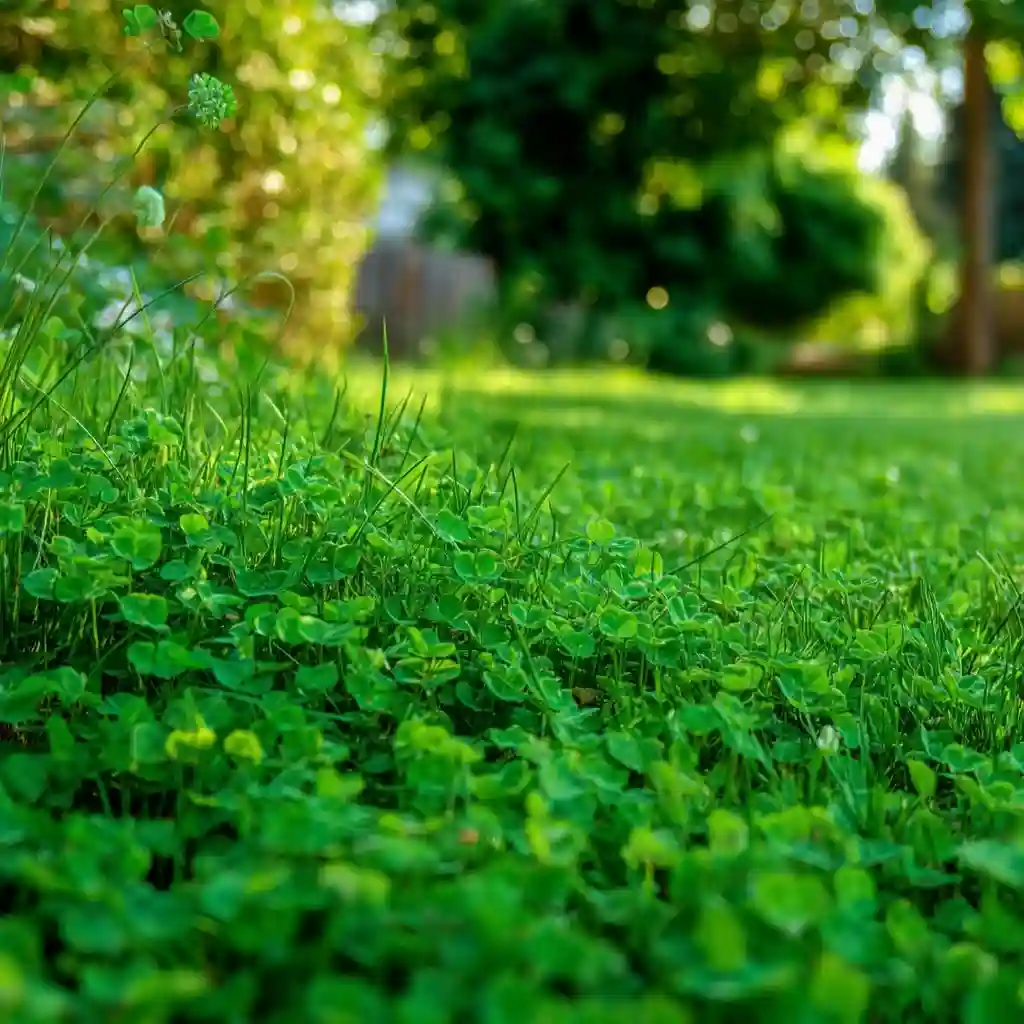
A major appeal of clover lawns is their minimal upkeep. Unlike traditional turf grass that can grow quickly and require weekly mowing during peak season, clover grows lower to the ground and spreads evenly. Most clover varieties only need mowing a few times a year to maintain a neat appearance, especially if you prefer a uniform look.
Additionally, clover naturally crowds out many common weeds, reducing the need for herbicides or constant lawn care routines. This low‑maintenance characteristic makes it ideal for busy homeowners or anyone who prefers a lawn that practically takes care of itself.
Support for bees and butterflies
Another valuable benefit of clover lawns is their ability to support pollinators. Clover blooms with small, nectar‑rich flowers that attract bees, butterflies, and other beneficial insects. By replacing traditional grass with clover, you create a mini pollinator habitat right in your yard, helping support local ecosystems.
These pollinators play a critical role in plant reproduction and food production, making your lawn a small but meaningful contribution to biodiversity. If you prefer fewer blooms for a tidier look, occasional mowing during peak flowering periods can balance aesthetics with environmental benefits.
Comparison with traditional grass lawns (maintenance, water, chemicals)
When comparing clover lawns to traditional grass lawns, the differences in care and environmental impact are clear. Grass lawns often require frequent mowing, regular watering, and multiple applications of fertilizer and weed control products. This routine can be time‑consuming, costly, and environmentally taxing.
Clover lawns, on the other hand, thrive with minimal input. They typically need less water, almost no fertilizer, and limited mowing. Plus, clover’s natural ability to crowd out weeds reduces the reliance on herbicides. For homeowners seeking a lush green yard with fewer chemicals and lower maintenance demands, clover offers an appealing and eco‑friendly alternative.
Considerations before switching (local regulations, aesthetic fit, foot‑traffic suitability)
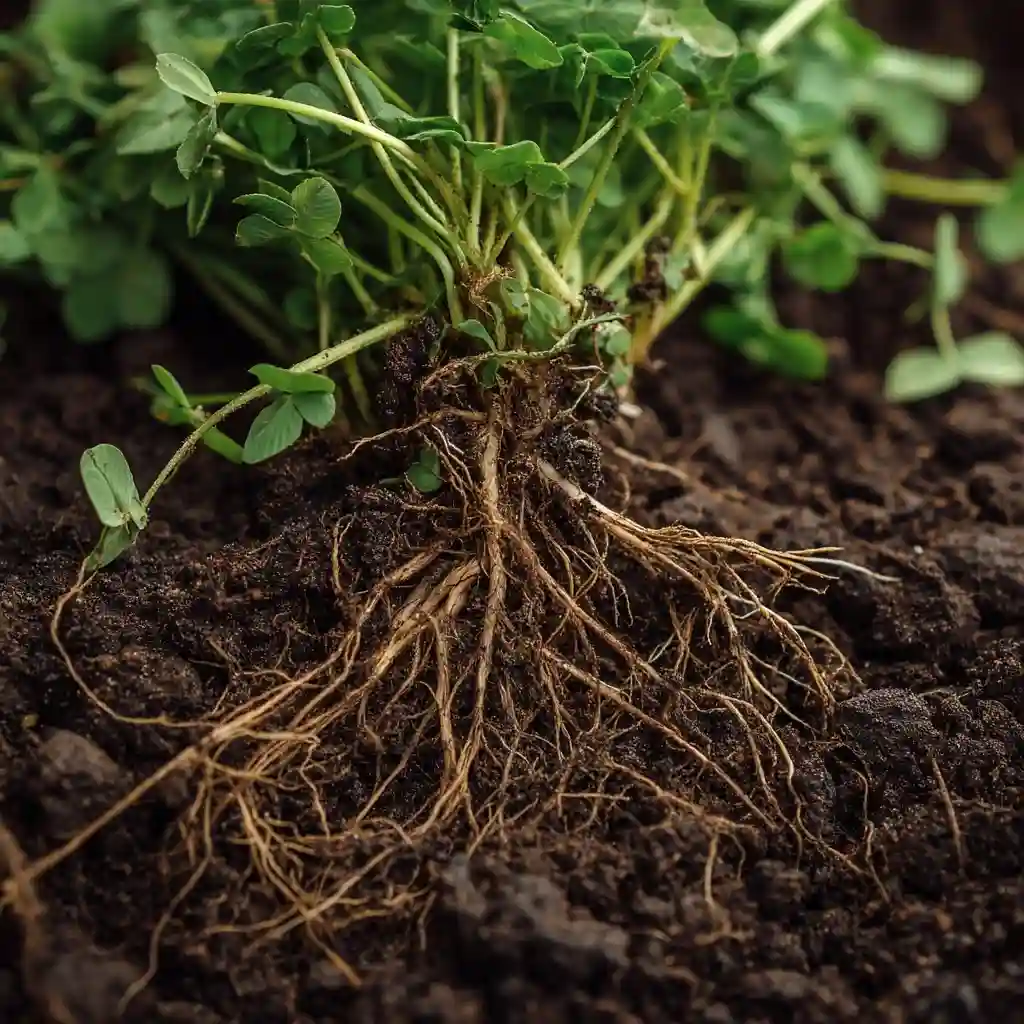
Before replacing your lawn with clover lawns, it’s important to evaluate whether it fits your home and lifestyle. Some neighborhoods or homeowner associations may have regulations regarding lawn appearance or plant choices, so checking local rules is a smart first step.
Clover lawns have a slightly different look than traditional turf—richer in texture and dotted with small blooms. If you prefer a uniform, manicured lawn, this aesthetic difference might take some getting used to.
Foot traffic is another consideration. While clover is soft and resilient, heavy use from children or pets can create wear spots. Mixing clover with durable turfgrass species can provide both resilience and visual appeal.
How to establish a clover lawn (choosing seed, planting timing, methods)
Starting a clover lawn is simpler than establishing traditional turf, but success depends on proper planning. First, choose the right type of clover for your region. White Dutch clover is the most popular for lawns due to its low growth habit and durability, while microclover offers a finer texture and fewer flowers for a more uniform look.
Timing matters, too. Early spring or early fall are ideal planting windows when soil temperatures are mild and moisture is more consistent. Prepare the area by raking away debris and lightly loosening the topsoil to encourage good seed‑to‑soil contact.
Spread clover seeds evenly, then gently rake or roll them into the soil. Keep the area lightly watered until seedlings establish. Once the clover begins to spread, it quickly fills in bare spots, creating a lush, green, and low‑maintenance lawn.
Maintenance tips (mowing schedule, weed management)
Maintaining clover lawns is straightforward and requires far less effort than traditional turf. Mowing is optional and mostly for appearance; a trim every four to six weeks during the growing season helps keep the lawn tidy and encourages thicker growth. Many homeowners choose to let the clover bloom occasionally to support pollinators, then mow to reset the lawn’s look.
Weed management is usually minimal because clover naturally competes with and suppresses many common weeds. If unwanted plants appear, hand‑pulling or spot treatment with an organic solution is often enough. Avoid broadleaf herbicides, as they will harm the clover along with the weeds. With these light maintenance habits, your clover lawn will remain lush and healthy for years.
Conclusion: Is a clover lawn right for you?
Switching to clover lawns can be a smart choice for homeowners seeking a low‑maintenance, eco‑friendly alternative to traditional grass. Clover naturally enriches the soil, requires less water and fertilizer, and supports local pollinators, all while maintaining a soft, vibrant green lawn.
However, it’s important to weigh factors like foot traffic, aesthetics, and local regulations before making the switch. For many, the benefits—reduced upkeep, environmental sustainability, and cost savings—far outweigh the adjustments. If your goal is a resilient, attractive lawn that works with nature rather than against it, a clover lawn may be the perfect fit.
FAQs
1. Will clover take over my entire yard?
Clover spreads naturally, but it doesn’t aggressively invade other areas unless conditions are ideal. Mixing it with grass can balance coverage and appearance.
2. Do clover lawns stay green all year?
In most climates, clover remains green from spring through fall. During winter, it may go dormant in colder regions but quickly returns with warmer weather.
3. Are clover lawns safe for pets and kids?
Yes, clover is soft underfoot and non‑toxic. It’s generally safer than grass lawns treated with fertilizers or herbicides.
4. Can I mix clover with grass?
Absolutely. A clover‑grass mix combines durability with lower maintenance, offering a lush lawn that resists weeds and reduces fertilizer needs.
5. How long does it take to establish a clover lawn?
Clover seeds germinate quickly, usually within 7–10 days. A full, even lawn can establish within one growing season with proper care.
🌿 Love gardening inspiration? Follow me on Pinterest for bold plant ideas, tips, and seasonal color!
More Posts
